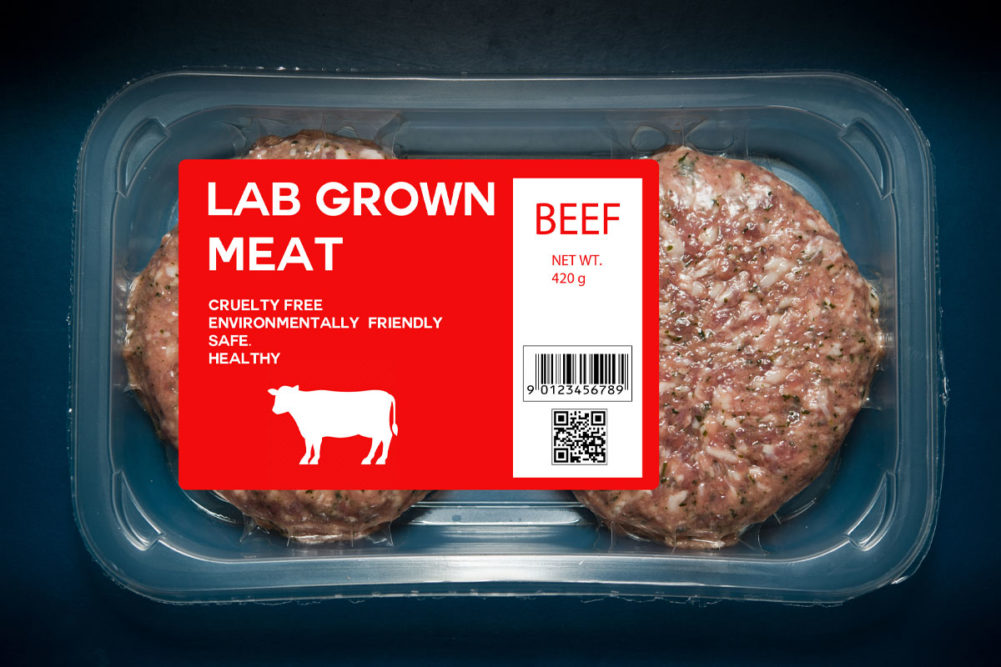BOSTON — In order to achieve commodity price and scale for cultivated meat, vast improvements to infrastructure and manufacturing capacity will be necessary, according to speakers at Tufts University’s second annual Cellular Agriculture Innovation Day.
The event brought together researchers, investors, founders and other cultivated meat experts to discuss some of the most pressing topics over the course of several panel sessions, including one focused on the challenges facing scaling and infrastructure.
Yossi Quint, founder and chief executive officer of bioreactor producer Ark Biotech, highlighted the current state of cultivated meat infrastructure by pointing to the capabilities of one of the largest cell culture facilities in the world, Samsung Biologics in South Korea.
“If Samsung Biologics were to be running every single minute of every single day for an entire year, they would produce less cultivated meat than the average Tyson facility produces in one day,” Quint said.
Reaching equivalent production rates would require the Samsung Biologics facility’s present output to increase roughly 10,000 times, according to Quint. Larger bioreactors, more readily accessible cell media and optimizing filtration systems and the bioprocess will all be imperative to overcome the disparity in output and reach economies of scale. Automating production also will likely be essential, as the workforce of trained scientists needed for operations of such size does not currently exist.
“When you think about a 10,000x increase, it's not about incremental changes,” Quint said. “We're talking about a revolution about reimagining what infrastructure looks like.”
A scale-up approach to infrastructure may not be as viable for companies seeking to create whole-cut cultivated meat, however. Developing whole cut cultivated products involves the use of scaffolding material that provides support structures for cells and aids the vascularization process to enhance the supply of nutrients and oxygen to the tissue.
The edible scaffolds must be integrated into bioreactors, resulting in each bioreactor ultimately being consumed to make one individual unit of whole-cut meat. The single-use nature of the bioreactors, along with biological factors that limit the size whole-cut meats can be grown to, means that a focus on scaling up would be impractical.
“I don't know any company that's going out and saying ‘we're going to grow this whole-cut, 1,000-kilogram piece of meat,’” said Ryan Silvia, program manager of cultured meat scaffolding R&D at MilliporeSigma. “I imagine what this all means is there's going to be a scale-out approach, not a scale-up approach for whole-cut meat.”
When discussing more immediate solutions, some panelists noted shared infrastructure and pilot-scale manufacturing may be viable methods to improve companies’ capabilities and decrease the amount of necessary startup capital.
“Other ways we think about de-risking the development of the field is when there’s very capital-intensive infrastructure that we are thinking about building out, can it be done in a way that is more accessible or communal?” said Lily Fitzgerald, senior manager of advanced technology programs at Massachusetts Technology Collaborative. “I think pilot scale is right for this kind of communal sharing model so that it is not so risky on one exact, specific type of infrastructure.”



